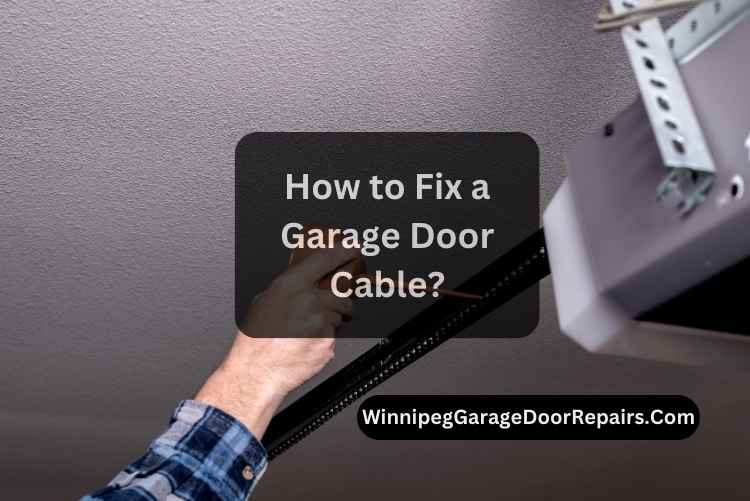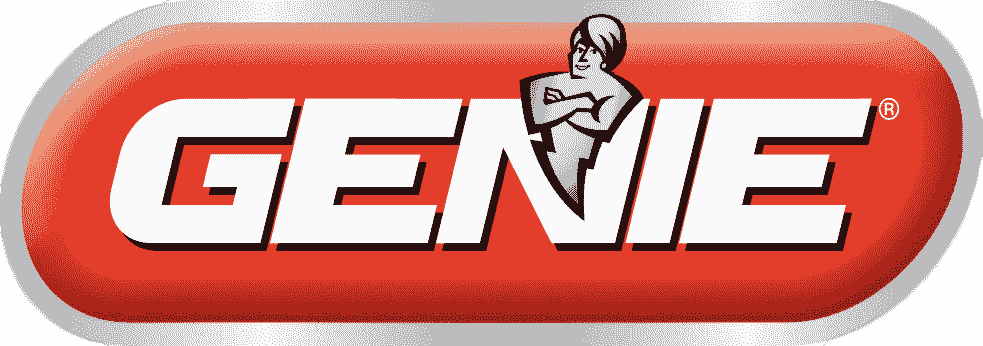Have you ever found yourself facing a garage door that just won’t open or close correctly in Winnipeg, suspecting a cable issue might be at fault? Understanding how to fix a garage door cable can save you time, money, and the inconvenience of a non-functional door, especially when dealing with the harsh weather conditions that can affect commercial doors in Winnipeg.
This article will guide you through the process of diagnosing and repairing cable problems, covering everything from identifying the issue to the tools you’ll need and the step-by-step repair process. By learning these skills, you’ll ensure your garage door operates smoothly and safely. So, let’s get to it!
Safety First
Before attempting any repairs on your garage door, prioritize your safety above all else. Garage doors and their components can be under significant tension, particularly the springs, posing serious risks if not handled correctly. Always wear protective gear, including safety glasses and gloves, to shield yourself from potential harm.
Steps How to Fix a Garage Door Cable
Fixing a garage door cable requires precision and attention to detail. Follow these steps to ensure a safe and effective repair.
1. Diagnose the problem
Identify whether the issue lies with a detached or broken cable. Signs of a malfunctioning cable include the door hanging at an angle, not opening or closing properly, or visible wear and tear on the cable itself.
2. Gather your tools
For this task, you will need:
- Wrench set
- Pliers
- Winding bar (if applicable)
- Replacement cable (for broken cables)
- Locking pliers
- Ladder
Ensure all tools are in good condition and suited for the job at hand.
Must Read: Things to Try When Your Garage Door Is Stuck
3. Secure the Door
To prevent the door from moving while you work, fully close it if possible. Use locking pliers on the track just above one of the rollers to keep the door in place. This step is crucial for your safety and to prevent further damage to the door.
4. Addressing a detached cable
- Release Tension: If your door uses a torsion spring system, insert a winding bar into the winding cone and carefully unwind the spring to release tension. Always keep a firm grip on the bar.
- Reattach Cable: Thread the cable back onto the drum, ensuring it sits in the grooves properly. Secure the cable end and adjust tension as needed to balance the door.
5. Replacing a broken cable
- Remove the Old Cable: Loosen the setscrews on the drum and remove the broken cable. If the door uses extension springs, secure the door in the open position before removing the cable.
- Install the New Cable: Thread the new cable around the drum, following the path of the old cable. Attach the end to the bottom bracket on the door. Ensure the cable is tight and seated in the drum grooves correctly.
- Adjust Tension: If necessary, adjust the spring tension to ensure the door operates smoothly. This step might require winding or unwinding the spring, depending on the system.
Must Read: what color to paint garage door?
6. Additional tips
- Double-Check Your Work: After completing the repair, carefully inspect your work to ensure everything is secured and aligned properly. Misalignment or loose components can lead to further issues.
- Test the Door: Gently test the door’s operation by manually lifting and lowering it. Look for smooth motion and listen for any unusual sounds that might indicate a problem.
- Maintenance: Regularly inspect your garage door and its components for signs of wear and tear. Early detection of issues can prevent more significant problems down the line.
Conclusion
Repairing a garage door cable can be a manageable task with the right tools and a careful approach. Always prioritize safety, and do not hesitate to seek professional help if the repair feels beyond your capabilities. Regular maintenance and prompt attention to any signs of wear will ensure your garage door operates safely and efficiently for years to come.







